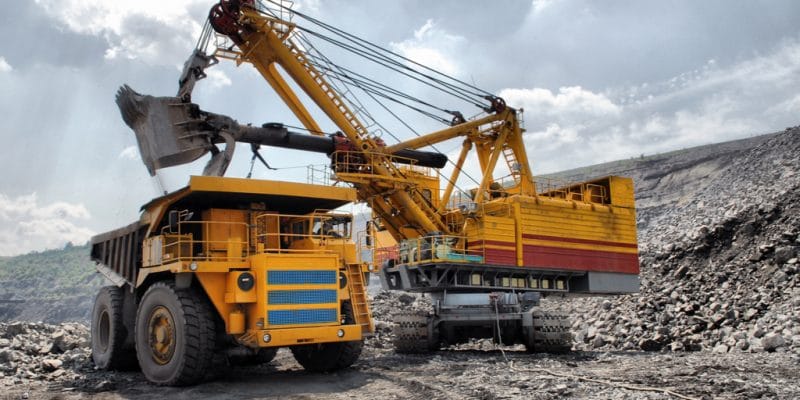The Anglo-Swiss multinational commodity trading and mining company Glencore signed an agreement on January 26, 2022 with Managem, a Moroccan supplier of lithium-ion battery recycling technologies. Together, the two partners are moving into the production of cobalt from recycled metal elements, as well as nickel and lithium.
The future of cobalt in the energy transition is becoming clearer in Africa. In Morocco, a new partnership aims to recycle this natural metal element used in industry, especially renewable energy for its strong electricity storage capacity. Metals such as nickel hydroxide and lithium carbonate will also be recovered under the agreement signed between Glencore and Managem on January 26, 2022.
The objective is to recycle 1.2 kilotonnes of cobalt, nickel hydroxide and lithium carbonate per year. Anglo-Swiss multinational Glencore will build on its long-established capacity to supply and recycle cobalt- and nickel-containing products at its Canadian (Sudbury) and Norwegian (Nikkelverk) operations to supply cobalt-containing black mass to Managem’s CTT hydrometallurgy refinery in Guemssa (37 km from Marrakech) for five years. The facility is 90% powered by wind energy.
Read Also – AFRICA: the circular economy at the heart of ecosystem preservation
Managem will supply the lithium-ion battery recycling technology developed and tested in the pilot plant at the Reminex research and development center in Casablanca. This technology allows a high recovery rate of cobalt, nickel and lithium from the black mass.
Conducting a feasibility study
“Primary/recycled cobalt and other future raw materials are set to play a central role in the decarbonization of energy consumption and the electric vehicle revolution. Our ambition is to be carbon neutral by 2050,” says David Brocas, Head Cobalt Trader, Glencore.
The partnership between Managem and Glencore is conditional on a feasibility study to assess the commercial viability of modifying and deploying the CTT refinery to recover cobalt, nickel and lithium from the black mass. At the end of the study, scheduled for the first quarter of 2022, a high recovery rate and a low carbon footprint would be the best ratio considered.
Inès Magoum






